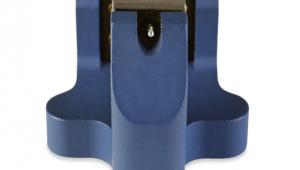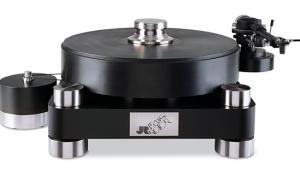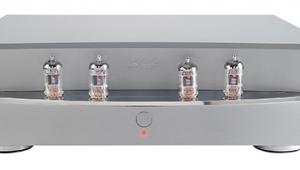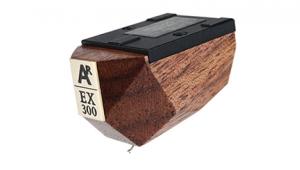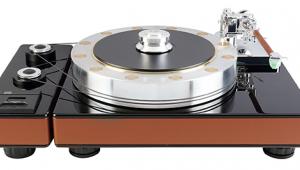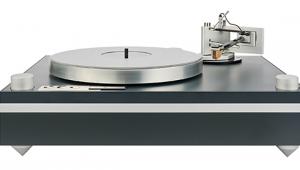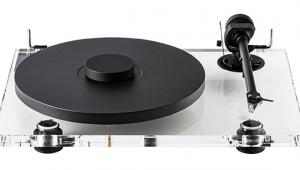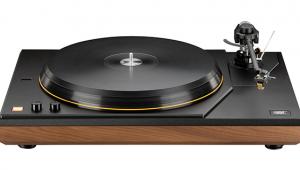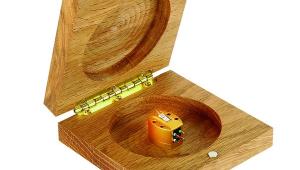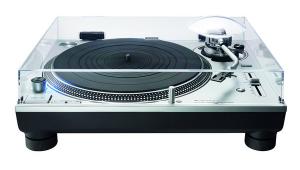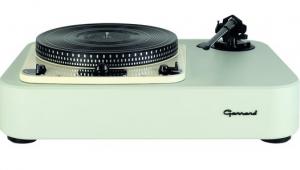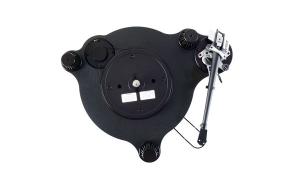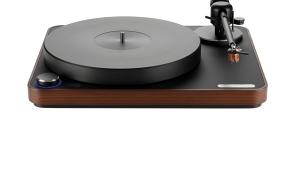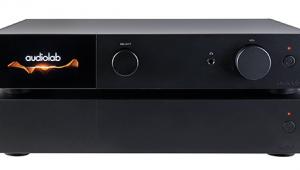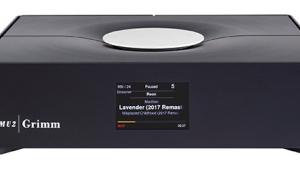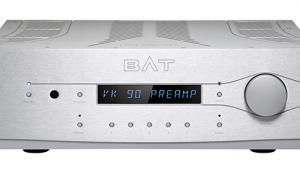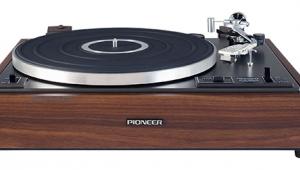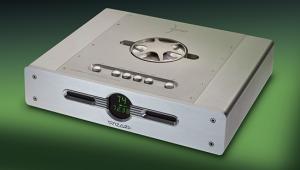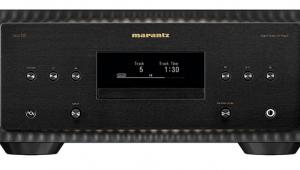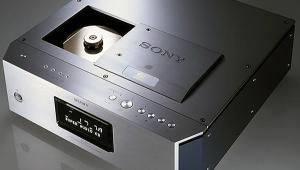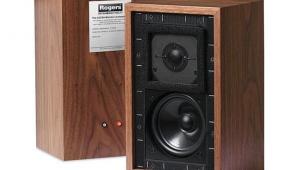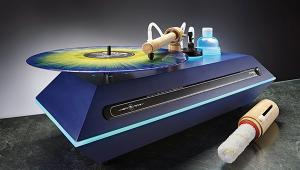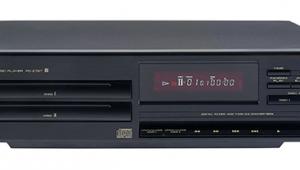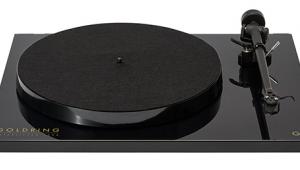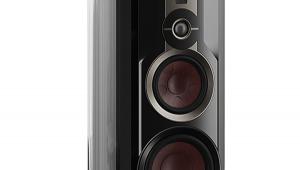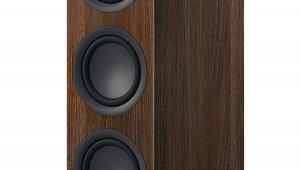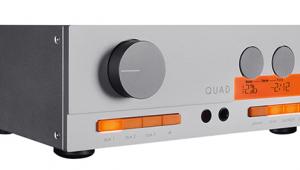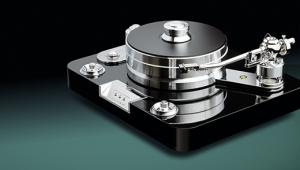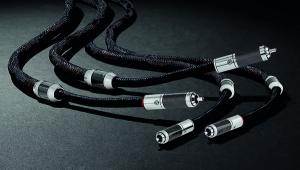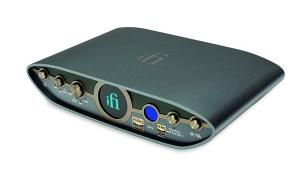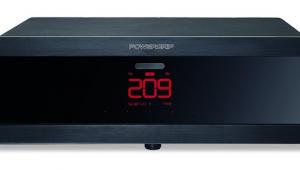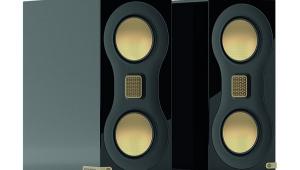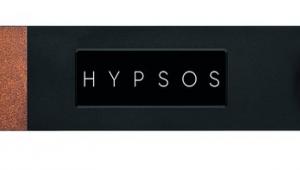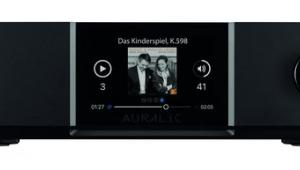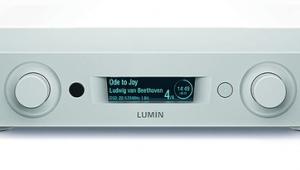Sumiko Palo Santos Presentation (£1995)
Moving-coil cartridges have been around for more than a half-century, but they didn’t displace the moving magnet as ‘the audiophile’s choice’ until the 1970s. Before that, MMs ruled for two simple reasons: higher output and better tracking ability. For decades, Shure, Goldring, ADC and other moving magnetics were default purchases. They put few demands on phono stages, allowing the industry to standardise 47kohm inputs, and MMs (allegedly) took better care of LPs. But then moving-coils struck. Sumiko’s Palo Santos Presentation is the top-of-the-line cartridge from the company that many credit with introducing moving-coils to the West [see box-out below]. As such it has real pedigree. Although the ‘recipe’ for a good moving-coil is hardly a mystery – the world is awash with superb examples – there is an artistry that must surely have been mastered by a company with Sumiko’s enviable know-how. Taking its name from a type of Brazilian Rosewood, the Palo Santos Presentation features a new ‘generator anchoring system’ to improve rigidity and reduce resonance. Its body is shorter than its Pearwood sibling, which accounts for better clearance over the record surface to allow you to see the long grain boron cantilever during set-up. Also part of the design is a new line contact stylus said to be the most expensive money can buy: a specially ground, Vital PH diamond.
INSIDE THE BOX...
From the instant you open the box, you’re assailed with a sense of ‘attention to detail’ that bodes well. While I could have done with a stylus cover, the packaging encourages safe handling: you simply hold the cartridge in its ‘well’ while undoing the bolts that keep it in place. But, as one wag once told me, ‘anyone who spends this kind of money on a cartridge deserves what he gets if he’s too clumsy to handle it.’ Having seen my share of broken cantilevers – I watched as a friend circumcised a brand-new $6000 MC when it was caught by his baggy T-shirt as he reached over his turntable – I think that may be a bit harsh. To ensure that it doesn’t happen, the Sumiko arrives with what may be the most detailed user’s manual I have ever seen, bar none. Read it cover to cover before you take out the Palo Santos, and you’ll be safe enough.
What you find is a cartridge designed for ideal set-up. It has parallel sides and a flat front with enough clearance to allow you to see the stylus/cantilever. Unlike some cartridges I could name, its widely-spaced pins are colour-coded. The top plate is flat metal, so you can tighten it to your heart’s content.
It was a breeze to fit to SME’s Series V-12 on the 30/12 and the arm on Clearaudio’s Concept. The 0.5mV output fed ample signal to the Audio Research PH5 phono stage at 100ohms, as well as NAD’s PP-2, which happens to be fixed at 100ohms. The rest of the system consisted of the Audio Research Ref 5 preamp, Quad II-Eighty power amps and Sonus faber Cremona Auditor Elipsa, with Yter, Atlas and Kimber wires.
CLEAR SAILING
It starts with remarkable overall poise, much of it due to the Palo Santos’ superb tracking skills. The Sumiko maintains composure regardless of genre. I played two LPs so opposed in attitude that they could have been different formats: recent 180g pressings of Humble Pie’s Smokin’! and Peggy Lee’s I Like Men!. The cartridge sailed from raucous boogie, with a screeching lead vocals, to silky lounge music embracing one of the huskier, sexier female vocalists of the past century.
Such disparity, though, cannot reveal the signature sound of the cartridge because the two are so dissimilar. Humble Pie’s recording is all about impact and mass and attack; Lee’s is about atmosphere and air and texture. But I learned that neither extreme fazes the Palo Santos. In both cases, images were rock solid, ideally positioned, realistically scaled. Treble speed and precision were vivid with Humble Pie, inducing involuntary bouts of air guitar. Conversely, the freedom of artifice via Ms Lee’s session ensured that the perfection of Capitol’s 1950s recording techniques maintained their elegance. This cartridge is an open window into what many regard as one of the finest-sounding recordings of all time.
WHOLE TRUTH
In-between, I had ample opportunity to try LPs where the source recordings, rather than the pressings, were less than ideal. However much I love Motown, the sound always seemed to be mastered for maximum impact over AM radio. The Four Tops’ Reach Out from Speakers’ Corner provided me with the most powerful experience yet of ‘Bernadette’, with full-on Motown session men heard in all their virtuosity. What the Sumiko provided, thanks to exceptional overall coherence, was an opportunity to absorb it as a whole while at the same time ignoring a coarseness I usually hear on Motown material of that era.
The Palo Santos reminded me repeatedly of the original Koetsu Rosewood, in every area except for two. While warmer than recent modern cartridges, especially with vocals as evinced by Ms Lee, Rickie Lee Jones and even Nirvana, this MC is ‘one click toward “warm”,’ according to Sumiko’s John Hunter, who developed it. By this colloquial measure, a Rosewood is two or three ‘clicks’ warmer than the median. As I was listening to valves, I didn’t notice a sudden chill, but the difference is audible on voices and acoustic instruments. Side by side, then, the Sumiko is like a Koetsu after a week on an all-protein diet.
Scale defines the second variance. Early Koetsu always delivered a perfectly cavernous, wide and deep soundstage, like a Denon 103D. The Sumiko favours width over depth, and I can only illustrate this with a home cinema analogy. If the Koetsu is widescreen of 1.85:1, but deeper; the Sumiko is 2.35:1. Those points aside, the Palo Santos is a true thoroughbred, and a blissful mid-point between the modern and the classic.
VERDICT
While the issue of price – £2k for a cartridge! – will antagonise many, especially when an anticipated 1200 hour stylus life means that it costs around 80p to listen to an LP, that pales into insignificance when you hear the magic this MC can conjure. With tracking ability equal to pedigree MMs, the Sumiko sails through tough passages, delivering sweet treble and solid images. This is why we love vinyl.
Sound Quality: 88%

